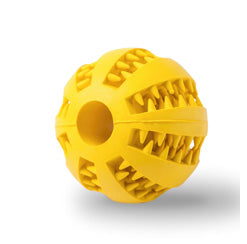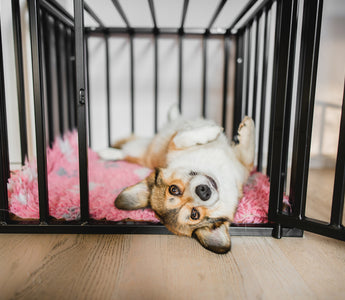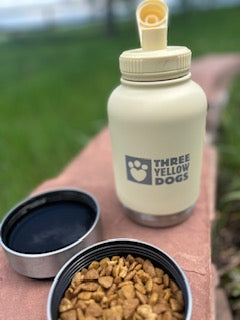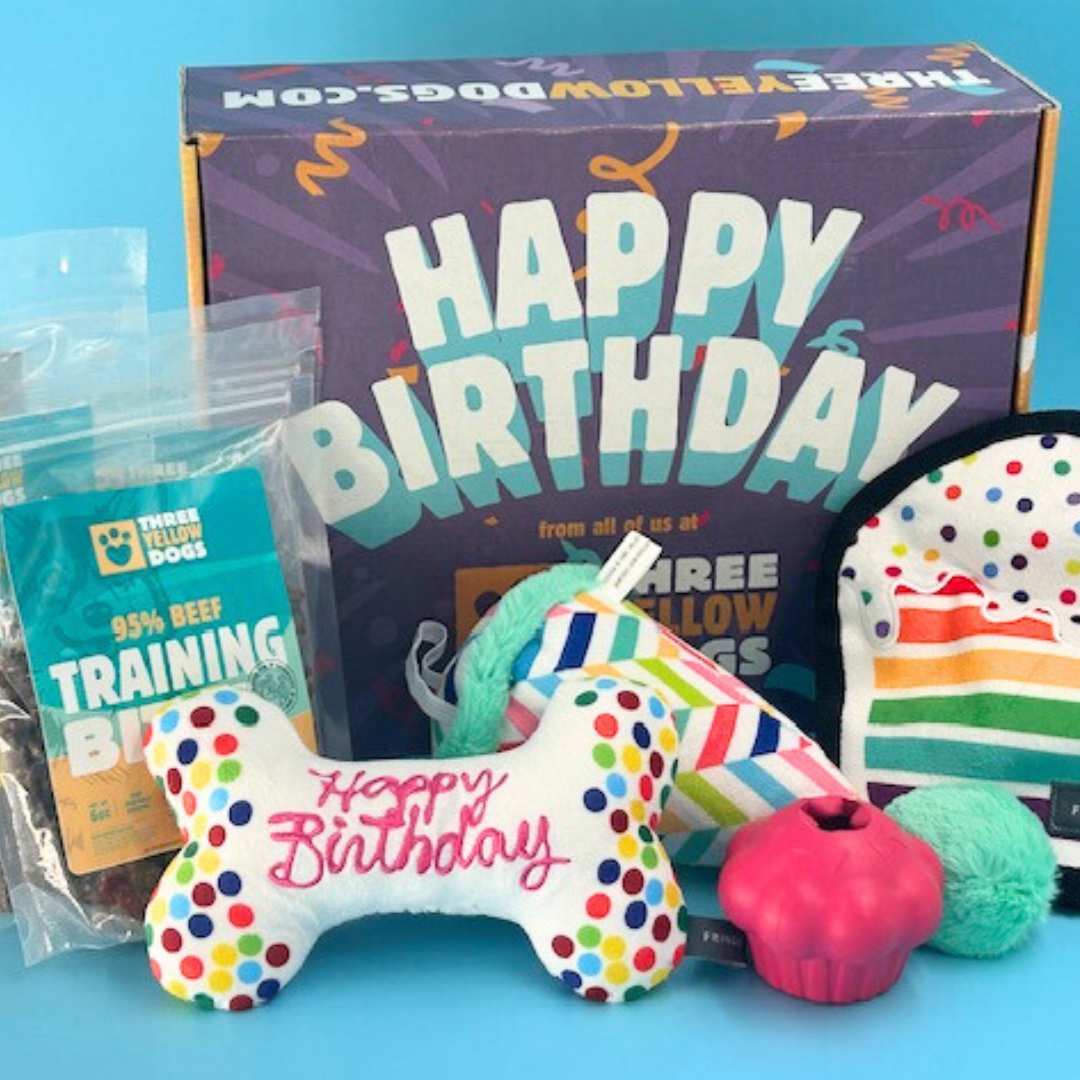1. Choose the right crate:
- Select a crate that provides enough space for your dog to stand up, turn around, and lie down comfortably. However, avoid choosing one that is too large, as dogs generally prefer snug spaces.
- Make the crate cozy by adding a soft blanket or bed.
- Position the crate in a quiet area where your dog can see and smell it. Leave the door open, allowing your dog to explore it at their own pace. In our case, we leave our dog's crate in the dining area—out of the way yet close to the household activities.
- If your dog shows interest, reward them with treats and positive reinforcement, especially in the initial stages.
- Introduce verbal cues like "get into the crate/bed," aiming for eventual recognition of commands like "crate" or "go to bed."
- Associate positive experiences with the crate gradually. When your dog is inside, reward them with treats, pats, and encouraging words. A “Good Boy/Girl” is always a good idea.
- Use positive reinforcement and praise whenever your dog goes near or inside the crate voluntarily.
- Create positive associations by feeding your dog near and eventually inside the crate.
- If you have multiple dogs, ensure separate crates, especially when there's food inside, to prevent possessiveness.
5. Start closing the door:
- Once your dog is comfortable entering the crate, start closing the door for short durations. Stay nearby and gradually increase the time as your dog becomes more at ease.
- When the dog is inside the crate, reward them with a treat. I personally give our dogs a small Bully Stick, or stuffed Kong that they can chew on. Once they have finished the treat, I let them out of the crate.
- Use treats and praise to reward calm behavior in the crate. Be sure to observe the dog while they are eating anything that can become lodged in their throat.
6. Extend crate time gradually:
- Extend the time your dog spends in the crate gradually. Use treats and toys to keep them occupied.
- Use a timer and extend the time by 10-20 seconds each time. If your dog seems more comfortable you can go 30 seconds to a minute.
- Always make entering and exiting the crate a positive experience.
- Try to time it so that you are letting the dog out of the crate before they begin to whine. You do not want your dog to think he is getting let out because he was crying.
7. Practice leaving and returning:
- Practice leaving the room or house for short periods, gradually increasing the time. This helps your dog become accustomed to your departures and arrivals.
8. Ignore whining:
- If your dog whines or barks in the crate, avoid immediately letting them out. Wait for a moment of quiet and then reward with attention or treats, timing is key!
- This helps prevent your dog from learning that whining leads to immediate release.
9. Create a routine:
- Establish a routine for crate time, making it predictable for your dog. Dogs thrive on routine and consistency.
- A normal bedtime and consistent morning routine are very important and extremely helpful.
10. Be patient and consistent:
- Crate training takes time, so be patient and consistent. Avoid using the crate as punishment, and always make it a positive experience for your dog.
- Make sure the crate stays clean and hazard-free.
Remember, crate training is repetitive, focusing on creating a secure and comfortable environment. It should always be a positive experience, not a form of punishment. Gradually increasing crate time, rewarding positive behavior, and demonstrating patience will lead to a successful training experience. In no time, your dog will cherish their crate as a safe haven. Our dog, Maggie loves her crate. I hope you have found this blog helpful. If you have any questions, feel free to ask; we're here to help!













